On Saturday, October 8, a drive-by shooting operation at Shu’fat military checkpoint, just east of Jerusalem, resulted in the death of a soldier in the Israeli army, Noa Lazar, 18. After her death, the Israeli military promoted Lazar from sergeant to corporal, and a manhunt ensued to capture the Palestinian resistance fighter who killed her.
Since the operation, Israeli authorities (including the military, the Police, and the Shin Bet) have enforced a strict blockade on Shu’fat refugee camp. The siege of Shu’fat is being widely condemned by Palestinians as collective punishment, which Israel has historically employed against Palestinians to discourage resistance, while socially engineering distrust and social strife among Palestinian communities in an attempt to cast blame on the resistance.
Since the beginning of the year, 170 Palestinians have been killed by Israeli forces, according to the Ministry of Health.

Strikes, armed confrontation, and community resistance
Three days into the siege of the camp, residents of Shu’fat were running low on basic needs and supplies, including necessary medical resources. The camp, along with the neighboring town of Anata, are still facing restrictions, while the death toll across Palestine continues to rise.
Israeli forces are increasing restrictions and closures of Palestinian cities and towns throughout the West Bank at the command of the Israeli settler movement, while Palestinians persist in confronting these draconian measures.
As of Wednesday, October 12 at 5:00 a.m., the Israeli army reported that most entries and exits to Nablus will be closed until further notice. Only internationals, humanitarian workers, and diplomats were allowed to travel, according to a statement by the Israeli District Coordination Liaison in Nablus.
Just last week, groups of Israeli settlers from illegal settlements closed down various areas of Nablus, ordering an Israeli military crackdown on the West Bank. On Tuesday, October 11, a march organized by right-wing settler groups from illegal settlements was met with Palestinian gunfire. One soldier, Ido Baroukh, 21, was killed.
What was particularly disconcerting for the Israeli security apparatus about the shootings at the military checkpoints in Nablus and Shu’fat was that the perpetrators made it out alive. This is a fairly rare occurrence, due to Israel’s shoot-to-kill policy.
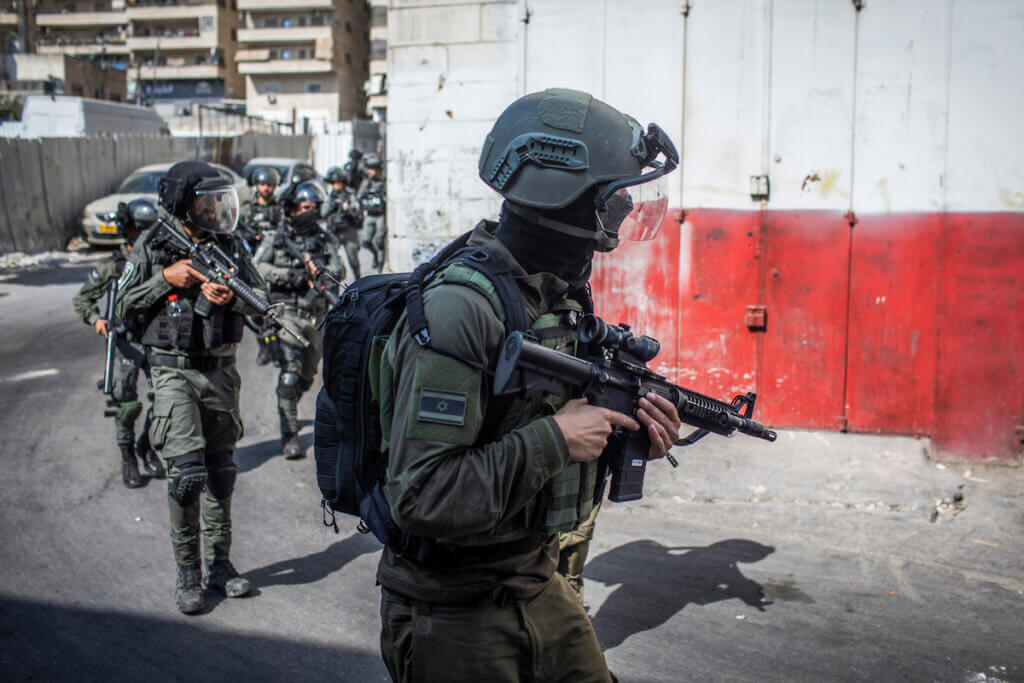
This policy of “liquidation” is ubiquitous. Just last month, on September 24, Israeli forces shot and killed Mohammad Awad, 36, after claiming he was carrying out a car-ramming attack — an unsubstantiated accusation that later proved false, according to information gathered from his community. On June 23, 2020, Israeli forces shot and killed Ahmad Erekat, just 26 years old, at the infamous “container” military checkpoint bifurcating the north of the West Bank and the south, as he was on his way to his sister’s wedding. The Israeli military claimed he was carrying out an attack, although forensic evidence proves otherwise.
Given this context, it is no wonder that the Israeli army and police have been so disturbed that the perpetrators remain at large. Udai Tamimi, 22, from Shu’fat refugee camp, as well as another Shu’fat resident, have been implicated in the shooting, but Israeli raids in the camp have so far failed to capture them. The Israeli distress at being unable to immediately “neutralize” such attacks may also be due to the fact that they are happening in spite of the dystopian surveillance regime Israel has imposed upon Palestinians, especially those in Jerusalem.
This is particularly important in the case of Shu’fat camp, since a large majority of its residents are Jerusalem ID holders which also means increased surveillance and confinement. In 2018, this was witnessed in the Israeli Knesset’s adoption of the “breach of loyalty” law, which revokes the Jerusalemite residency of anyone that does not demonstrate allegiance to the state. This is not only an imposition on Palestinians to deny them access to Jerusalem, but also a breach of international law which delegitimizes an occupier’s demand of loyalty from occupied people. In addition to this, Jerusalem youth are exposed to a targeted cyber-bullying campaign led by Israeli police and intelligence that breaches their digital rights. The targeting of Jerusalem youth was deepened after the Unity Intifada of last year when Jerusalem youth were at the forefront of the confrontations.
The Palestinian resistance group from Nablus, Areen al-Usud (or “the den of lions”), called on all Palestinians to strike in solidarity with the besieged Shu’fat and Anata on Wednesday, October 12. That morning, the road to Qalandia checkpoint was completely shut off, while several cities went on strike for a part of the day, most notably in Nablus.
Protests and clashes with the army spread across several cities, including Ramallah, Nablus, Hebron, and Jerusalem. As a result of Israel’s military violence, one Palestinian, Osama Mahmoud Adowi, 18, was killed in Arroub refugee camp, between Bethlehem and Hebron, after being shot with a bullet to the abdomen.
What was most notable about this strike was that it was not called for by the official Palestinian political class, nor by any political faction, but by an armed group whose political makeup has moved beyond factional differentiation or allegiance. What’s more surprising still is that many cities responded to the call.
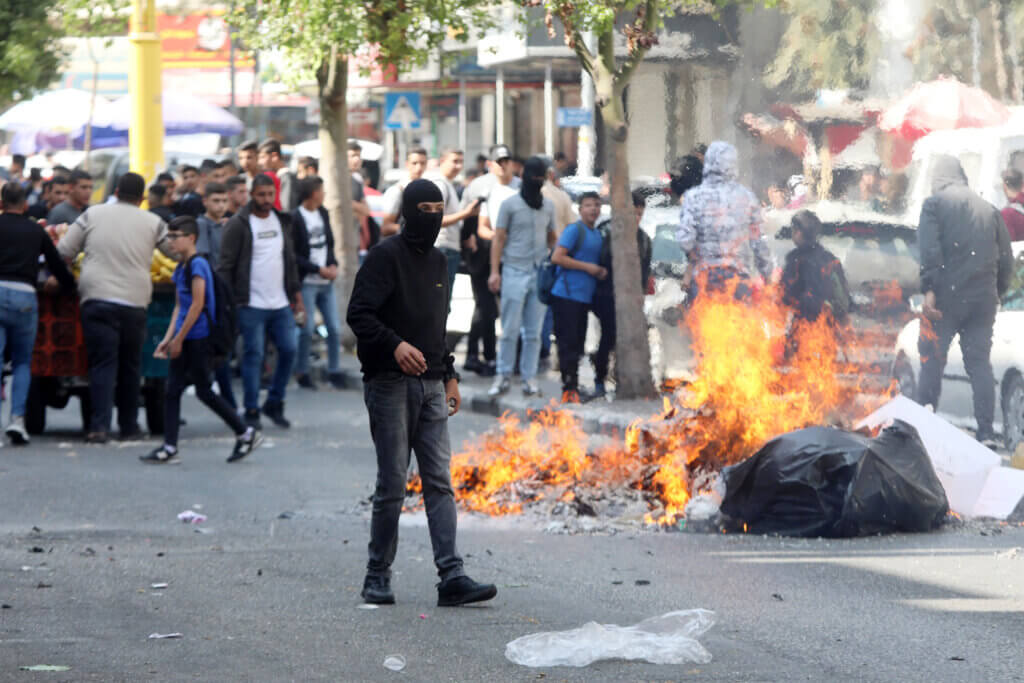
Crackdown inspires resistance
The severe crackdown on Palestinians, not only in Shu’fat and Anata, but across Jerusalem, the Al-Aqsa Mosque compound, and in the West Bank, is only fueling more resistance.
On Tuesday, Areen al-Usud declared responsibility for six separate Palestinian shooting operations against Israeli military points across the occupied West Bank. At the same time, as part of its escalation dominance tactic, the Israeli military green-lighted the entry of settlers into Joseph’s Tomb in Nablus. Joseph’s Tomb has been a flashpoint for Palestinian resistance due to continued settler invasions with armed military forces in the past years.
The operation on Shu’fat military checkpoint holds far-reaching implications, as it is uncommon for Palestinian resistance fighters to succeed in causing casualties in the ranks of Israeli soldiers, even when those casualties are disproportionate to the number of Palestinians killed by Israel (170). Of those killed, almost 17% are Palestinian children, who have not been spared the violence.
Elsewhere, on Monday, October 10, Mahmoud Samoudi succumbed to wounds sustained on September 28 during an Israeli military operation in Jenin. Samoudi was only 12 years old, making him the 27th child to be killed by Israeli forces this year alone. This is the deadliest year since 2015 for Palestinians, while last year was the deadliest for Palestinian children.
The reality of Palestinian children entwines with contemporary developments in Palestine, in that most of the resistance fighters from the Jenin Brigade (another armed group based in Jenin refugee camp) or Areen al-Usud are of the generation which witnessed the severity of Israeli violence during the Second Intifada. That era was pivotal in defining how resistance would take shape today — evident in the story of Ibrahim al-Nabulsi, the Lion of Nablus, who was killed in an extra-judicial assassination on August 9 in the Old City of Nablus.
Mariam Barghouti
Mariam Barghouti is the Senior Palestine Correspondent for Mondoweiss.
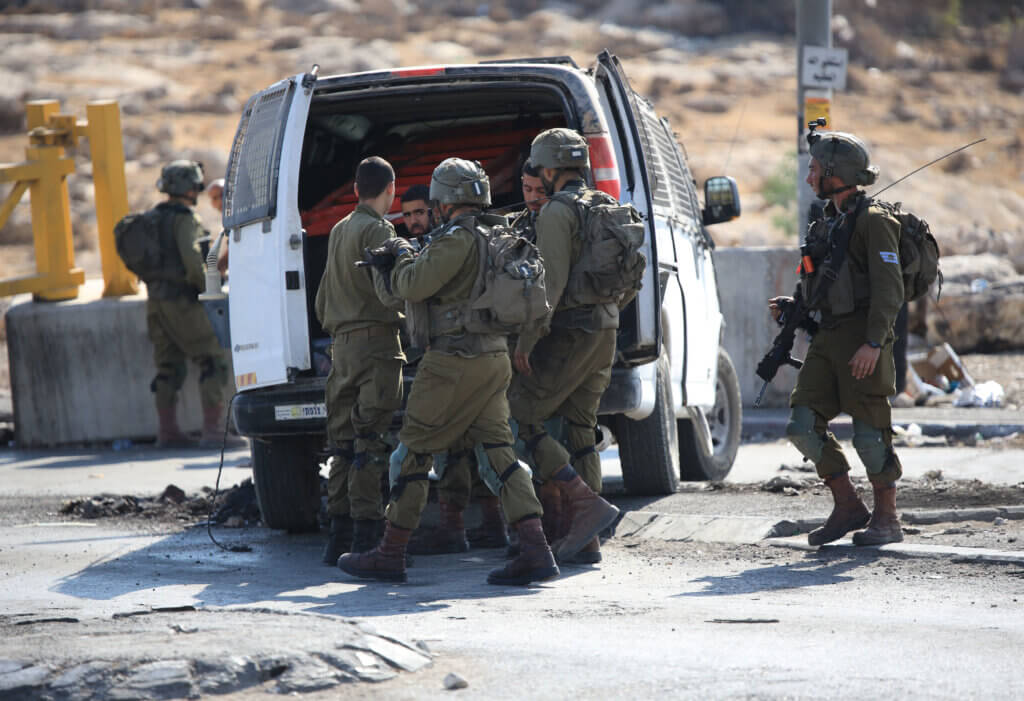
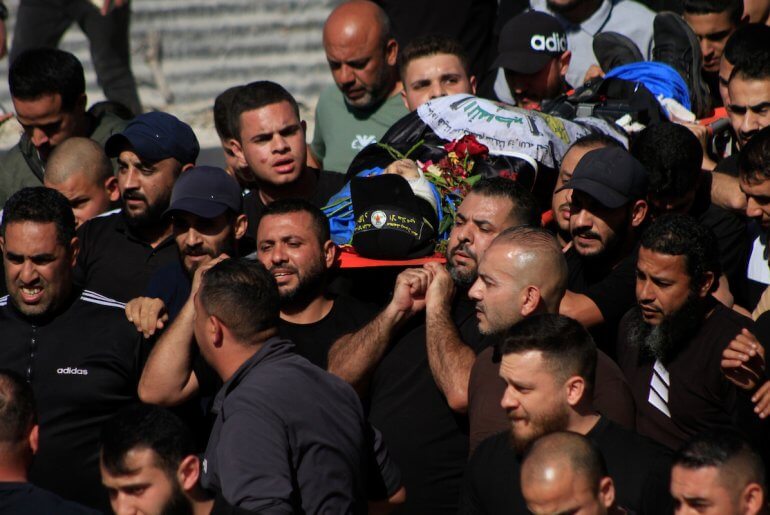
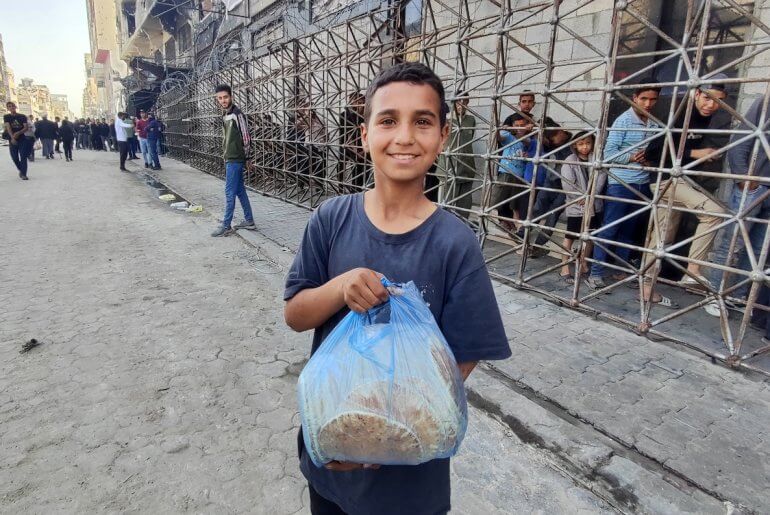
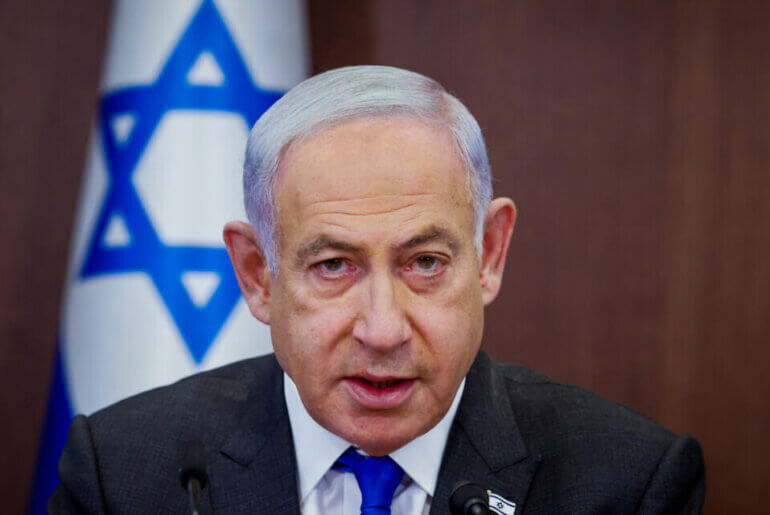
Could be Palestinian women would bring a unique approach to resisting and getting to co-existence.
I’m in favour of the KISS principle. Keep It Simple Stupid. Explain crackdowns in terms of ethic cleansing – which Is clearly taking place across the West Bank. We need to reach out to people who don’t necessarily regard themselves as left-wing but who respect human rights.